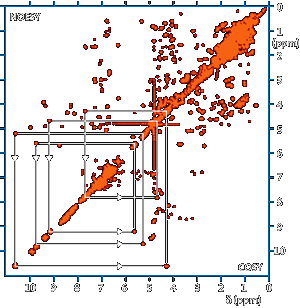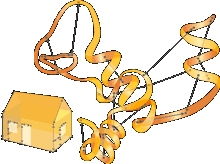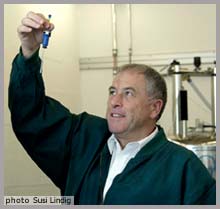The Nobel Prize in Chemistry 2002
|
| The Nobel Prize in Chemistry 2002 | |||||||||||||||||||||||||||||||||
The different nuclei are identified one after the other in a two-dimensional NMR spectrum, here in a composite diagram in which one can navigate between ‘cross-peaks’ that signal atom proximity.
|
||||||||||||||||||||||||||||||||||
|
||||||||||||||||||||||||||||||||||
Nobel Prizes and laureates
Six prizes were awarded for achievements that have conferred the greatest benefit to humankind. The 12 laureates' work and discoveries range from proteins' structures and machine learning to fighting for a world free of nuclear weapons.
See them all presented here.




